Do you need an off-season break?
Should you follow the pros and take an end-of-season break from cycling? Rob Kemp tackles the tricky business of scheduling downtime for busy amateurs

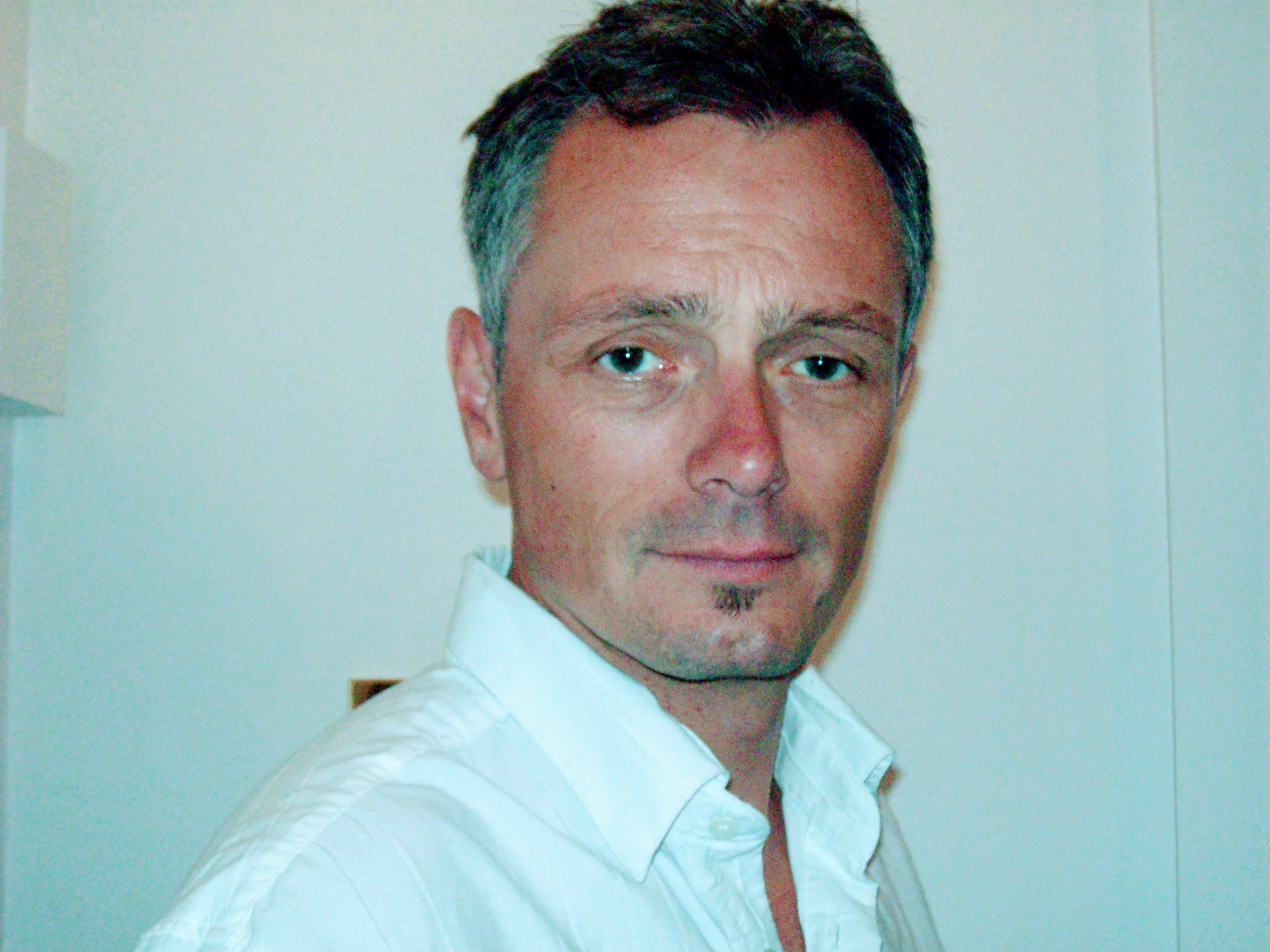
It’s over for me now; I’m going on the piss for the next two months,” Geraint Thomas joked at the end of this year’s Giro d’Italia. OK, that wasn’t really the Welshman’s plan for the rest of the summer, but there was a kernel of truth underlying his comment: once the last big race is out of the way, many elite riders have a lay-off period, when they let cut loose and catch up on the rest and leisure they’ve missed out on.
“These guys have been under a huge amount of stress, both physiological and psychological during the whole season,” explains Vasilis Anastopoulos, team coach with Soudal-Quick Step who works with the likes of Remco Evenepoel and Julian Alaphilippe. “Many have been away from their families for close to 200 days of the year, so they definitely need the break.”
The concept of an off-season break, often embraced by professional riders, raises an intriguing question: Do amateurs need to take an off-season break too?
“Even if you’re not riding at an elite level, you should be listening to your body – and take breaks of two to three weeks, just like the pros do,” advises Anastopoulos. “Especially if your morning heart rate is elevated, you find yourself feeling tired all the time, or you don’t have the appetite to get dressed and go out riding – all sure-fire signs that you need a break.”
The pro coach has a simple brief for his charges when it comes to the end-of-season break. “I tell my riders to have three to four weeks off the bike. Go hiking or go swimming or play sports with friends – just be careful to avoid injury. Some will go mountain biking, but I tell them not to do any structured training and to leave their road bike in the garage.”
Time out from the saddle
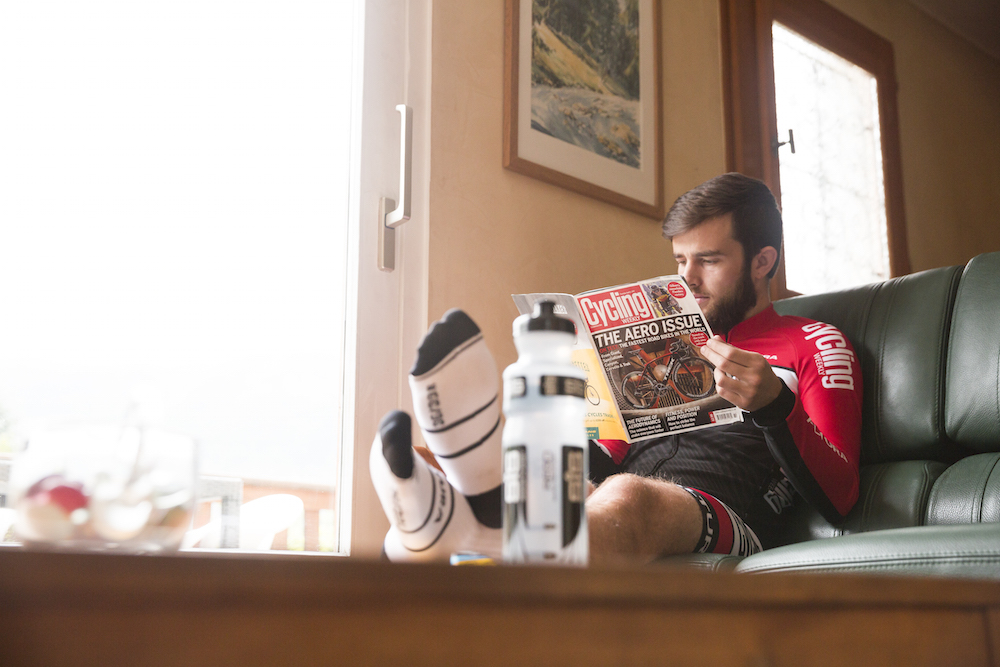
Dr Laurence Birdsey, a lecturer in applied sport science and performance at Manchester Metropolitan Institute of Sport, has worked on endurance with the GB Cycling Team. He’s a firm believer that cyclists riding at all levels should consider taking time out from the saddle.
“An off-season break serves many functions,” he says, “and while the timing is likely different from that of a pro cyclist – which is determined by the racing calendar – taking a break can motivate you to hit the next block of training or focus on forthcoming rides with a clearer, fresher mind.”
Get The Leadout Newsletter
The latest race content, interviews, features, reviews and expert buying guides, direct to your inbox!
All cyclists should look out for the signs that a rest from riding is needed, insists Birdsey. “Fatigue affects how your muscles work, the power you can produce, and your hormonal balance. It can deflate your metabolism and your psychological well-being – all of which can impact how much force you can put through the pedals.”
For those of us who like a little data to back up our every move, Birdsey suggests letting your heart take the lead. “Resting heart rate can be a good way to monitor fatigue and fitness,” he says. “But when someone is getting tired from training, their resting heart rate may go up or may go down. It can also be influenced by illness, a bad night’s sleep, and other aspects, so it can be very hard to tell what’s causing it.”
Lower than usual heart rates do not necessarily mean you’ve increased your fitness, Birdsey explains. “You may find that your heart rate is lower than usual during low-intensity riding, which can often be mistaken for increased fitness. But watch out for a reduced maximal heart rate as well; if you have a lower heart rate while riding, including a lower max, this is often a sign of real fatigue, and rest is needed.”
So how best to interpret changes in heart rate? “Ideally, it’s best to use a variety of sources – resting heart rate, heart rate on the bike, perceived exertion, power, etc – to support your feelings – morning wellness or training journal – and not to put all the onus on one thing.”
Reading between the beats
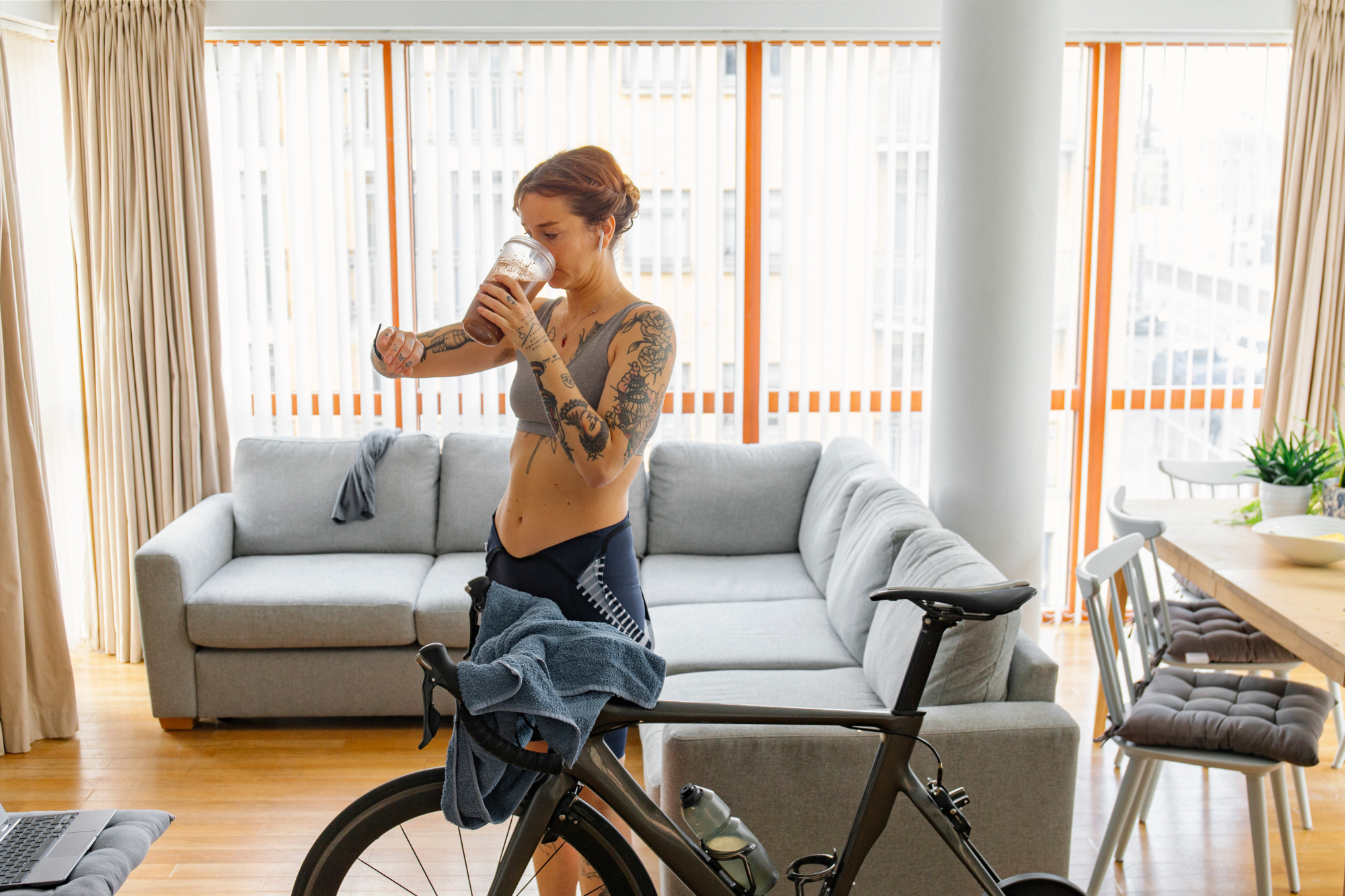
Heart rate variability (HRV) – the measurement of the variance in time between successive heartbeats – can be a great way to monitor freshness. “HRV is like a unique fitness gauge for your body,” explains Jeremy Powers, a retired pro cyclist who now works at Whoop, the wearables brand. “Many things, like age, gender, lifestyle, and fitness level, affect your HRV. Think of it as a window into your body’s automatic control system, or autonomic nervous system as it’s called. This system manages things your body does without you thinking, like heart rate and digestion. HRV tells you how your system balances between two modes: one that activates, like gearing up for action, and one that deactivates, like resting and recovering.”
For cyclists, HRV is a handy tool. When your HRV is high, it means your body is in balance and ready to handle stress. That’s the time for tough training, but when your HRV is low, it’s a signal that your body needs rest and recovery. “By keeping an eye on your HRV, you can plan your training better,” says Powers. “You’ll know when to push hard and when to take it easy.” Plus, if your HRV suddenly drops and your routine hasn’t changed, it could be a sign of extra stress or illness.
The advice from Powers is to track stress. That’s the time for tough training, but when your HRV is low, it’s a signal that your body needs rest and recovery. “By keeping an eye on your HRV, you can plan your training better,” says Powers. “You’ll know when to push hard and when to take it easy.” Plus, if your HRV suddenly drops and your routine hasn’t changed, it could be a sign of extra stress or illness. The advice from Powers is to track What about a sudden drop in HRV?
“This could be a sign that your body is under stress due to factors like overtraining, poor sleep, dehydration, or even an impending illness.” If HRV is low over a longer period, Powers suggests reining in workload. “If it’s consistently lower than your baseline over several days, it may indicate that your body is struggling to recover from your training. This could be a sign that you’re over-reaching in your training and might benefit from a rest day or lighter training.”
Once you have established your personal ‘normal’ HRV, you should be able to spot trends and anomalies. “This will help you decide whether to go for a harder day, a light training session, or take a rest day,” says Powers, “while tracking your HRV trends over time will give you a more accurate picture of how your body is responding to your training load, recovery, and lifestyle factors.”
Change is as good as a rest
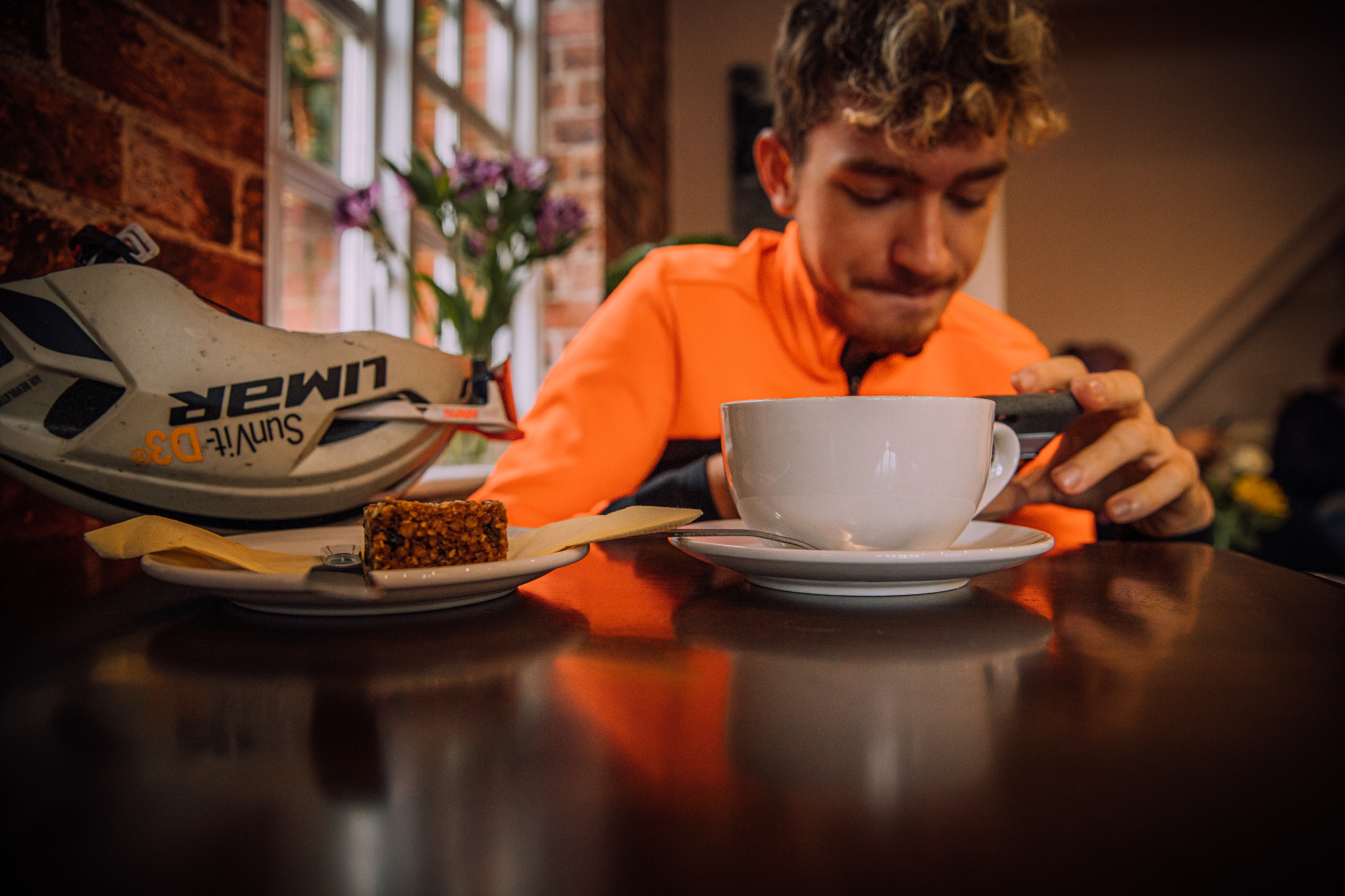
Just like the pros, it pays to take an active approach to your downtime too. Powers recommends continuing to monitor HRV during rest and recovery to see how you’re responding to changes in sleep, nutrition, hydration, and active recovery techniques like stretching or foam rolling. “I think the end-of-season break is the only time of the season that pro riders do what they like,” says Vasi Anastopoulos, referring to Geraint Thomas’s ‘on the piss’ approach. “But what I’ve witnessed more and more is that after just three or four days, the professionals go back to the nutrition routine that they’re used to. That’s a huge difference compared to 20 years ago.”
For most of us amateur riders, though we’re not racing 200 days of the year, it can be hard to find the time to fit in truly restful breaks around busy work schedules and hectic home and social life. This can lead to staleness, when motivation and freshness take a hit. But incorporating mini-breaks or shifting the intensity of your rides can provide a physical and psychological breather too.
“To switch off from training, I always anchor myself to the enjoyment of cycling,” explains Leigh Timmis, adventure cyclist and author of The Race of Truth. “I factor a cafe ride into my training every week, to remember that time in the saddle is not just about numbers - for me, it’s about a love of the experience and the people I share it with.”
For Timmis, a blow-out in 2018, in the shape of a weekend indulging in his favourite foods, renewed his motivation to smash a world record. “I’d been on a training and diet plan for rapid weight loss, but with it came an equal drop in energy, enjoyment and ability; I started to miss targets,” he explains. “When the physiologist I worked with noticed this, he told me to take a weekend off and enjoy a pizza. I returned to training with a huge performance increase and a boost in morale.”
Timmis went on to become the fastest person to cycle across Europe, from the west coast of Portugal to the edge of Siberia – breaking the previous world record by eight days and 17 hours. “But everyone is unique, and every situation is different. I have cycling friends who’ve taken anything from two weeks to two months out,” says Timmis. “For me, high-intensity training is incredibly psychologically stressful, and fitting it around a full-time job adds to everyday stresses of responsibility, deadlines, relationships, and finances. Just switching to low intensity really helped me.”
Use the downtime to plan for future rides, overhaul your bike and check all the components are in good condition and get around to the jobs you’ve been putting off. “More than anything else, use it to recover properly,” adds Timmis.
“Sleep is the most powerful performance- enhancer in the world – and the most under-valued. I did a lot of work on sleep hygiene to achieve a quality eight hours a night. This included removing electronics from my bedroom, ensuring darkness with a blackout blind, setting a temperature of 16-18c, and scheduling 30 minutes of relaxation before sleep.”
Five signs you need a break
Vasilis Anastopoulos, team coach with Soudal-Quick Step, flags up the key signs that you are in need of a rest from cycling
Persistent fatigue: “If you start feeling unusually tired or weak for more than a couple of days, it’s a clear sign that your body needs a break. This fatigue could be physical, mental, or both.”
Decreased performance: “Slower times, reduced power output, or struggling to complete your usual routes – any of these may be a sign that your body needs a break to recover and rebuild strength.”
Recurrent pain or discomfort: “Frequent aches and pains, especially in the knees, hips, lower back, or neck, can be indicative of overuse injuries. A break can help alleviate these issues and prevent them from becoming chronic.”
Mood swings: “Overtraining can lead to changes in mood, including irritability, anxiety, and even depression.”
Insomnia: “Disrupted sleep patterns can be a side-effect of pushing yourself too hard in the saddle. The extra stress leads to insomnia or restless nights.”
Party time for pros
Alice McWilliam, 28, rides for Luxembourg UCI team Hess Cycling. We asked her about the benefits of an end-of-season break
CW: How welcome is this year’s end- of-season break for you?
“Incredibly important, not just to physically recuperate but also mentally. Racing seasons are long, hard and fatiguing. You sacrifice a lot, and so it’s really important to have time to take stock of the season, process and learn from it so you can progress, come back stronger and better the following year – or at least that’s the plan!”
CW: What will you do during that downtime?
“Party, party, party... only kidding! I really miss my friends during the season so I’ll try and see as many of them as possible and try to visit a new place without lugging the bike around. I live for adventures so perhaps I’ll head to Scotland, one of my favourite places in the entire world.
CW: How long do you take out before recommencing training?
“It depends on how mentally and physically fatigued I feel. It could be one and a half weeks or up to three weeks off the bike completely. I enjoy other sports like swimming and running after a week or so – I certainly wouldn’t be running a marathon but doing something light to get the body moving is always good. When I return to the bike, I will have no structure for at least a week or two. It’s amazing to just ride with complete freedom.”
CW: Should us amateurs be taking end-of-season breaks too?
“If you love being out on the bike and it’s a way of socialising and taking a mental break from other life stresses, then keep riding. If you’ve been training really hard and perhaps have completed a cycling goal recently, then that’s always a good time to stop and have a break. My two tell-tale signs are: a constant feeling of fatigue and you haven’t been motivated or haven’t enjoyed riding for over two weeks. Cycling brings so much positivity and energy into our lives, and so if you’re not feeling it, take a short break and then come back.”
This article first appeared in Cycling Weekly print magazine. Subscribe to get the magazine delivered to your doorstep, every week.

Thank you for reading 20 articles this month* Join now for unlimited access
Enjoy your first month for just £1 / $1 / €1
*Read 5 free articles per month without a subscription

Join now for unlimited access
Try first month for just £1 / $1 / €1

Rob Kemp is a London-based freelance journalist with 30 years of experience covering health and fitness, nutrition and sports sciences for a range of cycling, running, football and fitness publications and websites. His work also appears in the national press and he's the author of six non-fiction books. His favourite cycling routes include anything along the Dorset coast, Wye Valley or the Thames, with a pub at the finish.
-
 Madison Flux short sleeve jersey review: functional and affordable
Madison Flux short sleeve jersey review: functional and affordableThe road cycling jersey delivers top performance for a budget-conscious cyclist
By Hannah Bussey
-
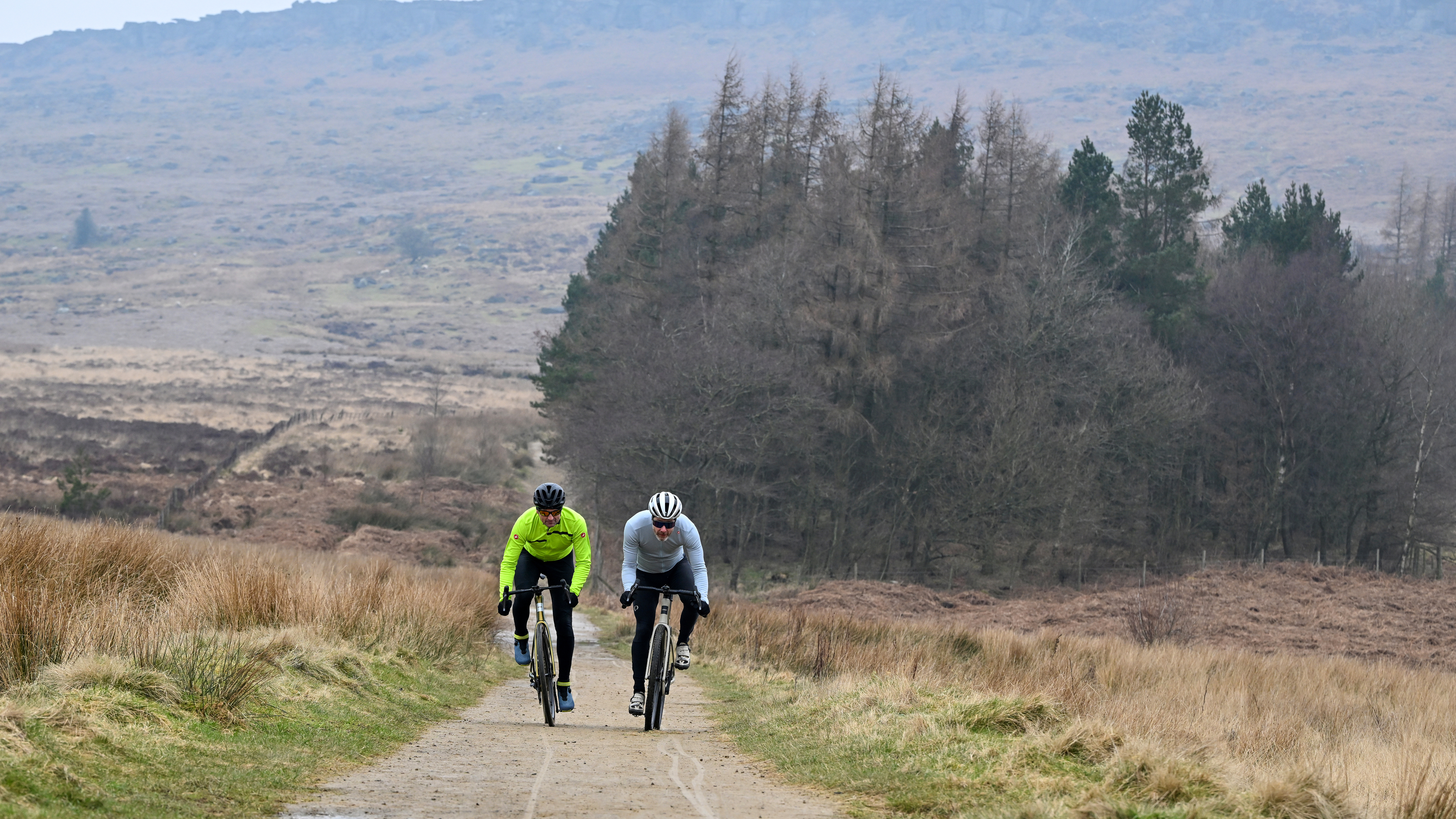 I pitched a top-end all-road bike against a top-end gravel bike, here's what I found
I pitched a top-end all-road bike against a top-end gravel bike, here's what I foundMulti-surface machines go head-to-head-to-head and categories clash as Tim Russon rolls up for the ultimate do-it-all bike showdown
By Tim Russon